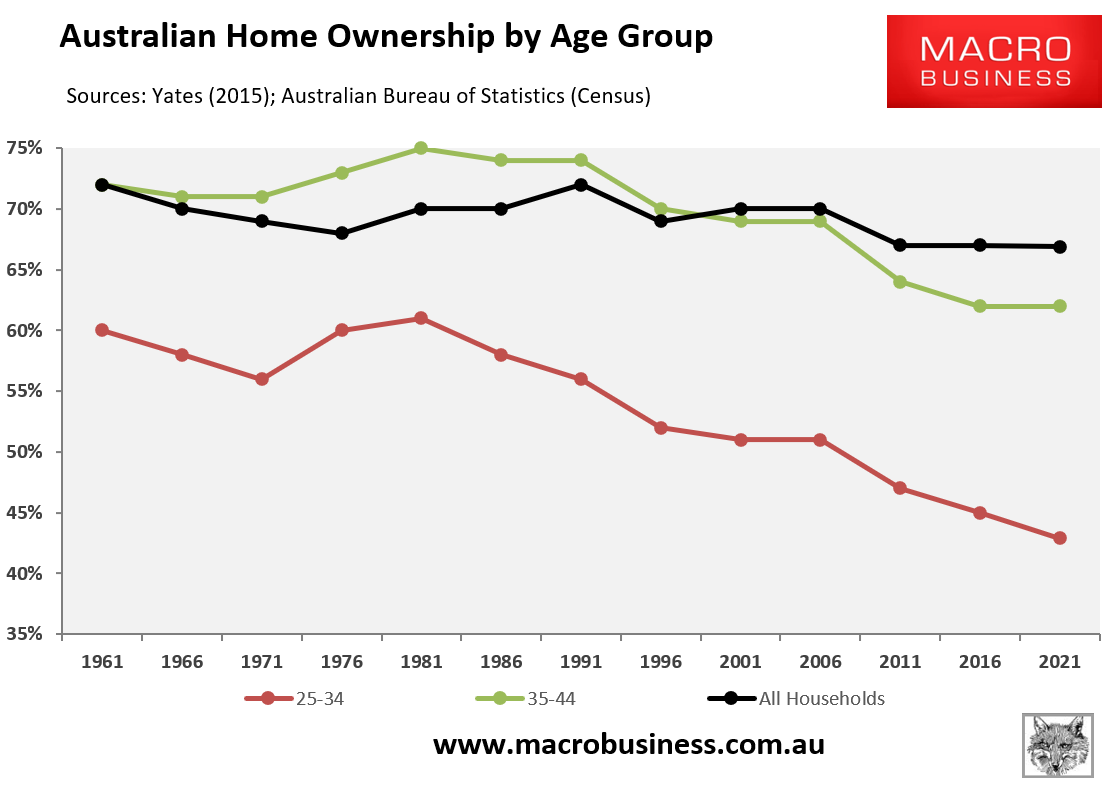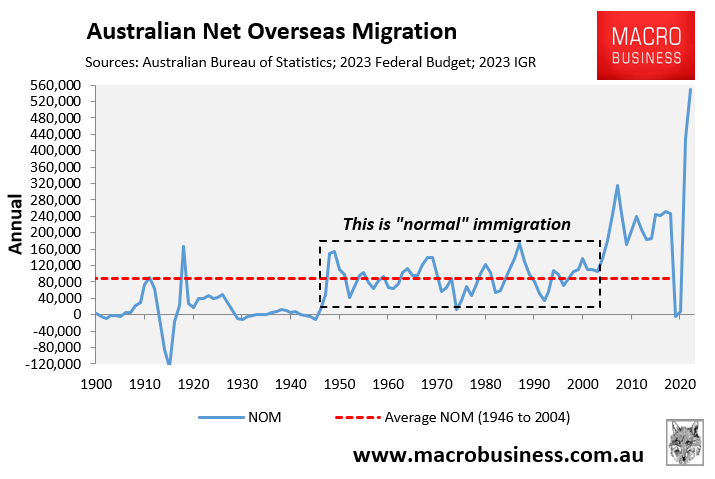On Wednesday, I posted the following video interview of housing minister Clare O’Neil explaining how the Albanese government wants to see house prices rising at a “sustainable” rate.
There you have it.
The Albanese government does not want housing prices to fall at all.
Source: https://t.co/EmndvZlkhg pic.twitter.com/ZDqYVsvU13
— Tarric Brooker aka Avid Commentator 🇦🇺 (@AvidCommentator) December 10, 2024
“We want to bring house price growth into something sustainable. So we are not trying to bring down house prices”, O’Neil said.
“Our government’s policies are not going to reduce house prices and we want house prices to grow sustainably”.
To be fair to O’Neil, she merely reflects the views of both sides of politics.
The crude political calculus behind Australia’s housing crisis was never more clearly expressed than by former Prime Minister John Howard in an interview on Brisbane radio on September 19, 2003.
“I haven’t found anybody in seven-and-a-half years shake their fist at me and say, ‘Howard, I’m angry with you for letting the value of my house increase,’”, then Prime Minister Howard said.
The reality is that around two-thirds of Australians either own their homes outright or are paying them off.

However, this home ownership is heavily skewed toward older Australians.

Regardless, politicians see rising home prices as a way to curry favour with two-thirds of voters.
Intrinsic to Clare O’Neil’s comments above is the assumption that growing house prices “sustainably” will allow incomes to catch up, making housing affordable over time.
However, the following chart from independent economist Tarric Brooker dispels this view, showing the wide gulf that has developed between house prices and wages since the boom kicked off in the late 1990s.

Source: Tarric Brooker
The reality is that incomes will never magically catch up with house prices.
For housing affordability to improve, prices must fall.
The number one solution to Australia’s housing crisis is to reduce net overseas migration to a level significantly lower than the country’s capacity to build housing and infrastructure.

This would reduce prices and rents directly, making it much easier for first-time buyers to save a deposit and enter the market.
Lower immigration would also reduce the need to transform Australia’s suburbs into high-rises.
Unfortunately, as Minister for Home Affairs, Clare O’Neil drove immigration to unprecedented levels, exacerbating the housing crisis.

